- Joined
- Apr 25, 2014
- Messages
- 8,225
@OoohShiny
Contrast is not obstruction.
Obscuration and Leakage could reduce contract as well increase contrast.
Strong (when both eyes see it simultaneously ) Obscuration /Leakage reduces contrast.
Partial (when only one eye see it ) Obscuration /Leakage increase contrast.
So it is very tricky to use these phenomena in cut design to improve optical performance
There are other phenomena also what influence to contrast
Thank you, kind sir!
These things are not simple... lol

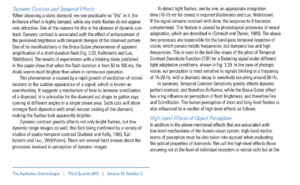
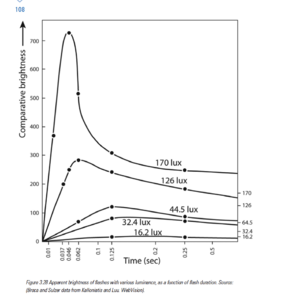
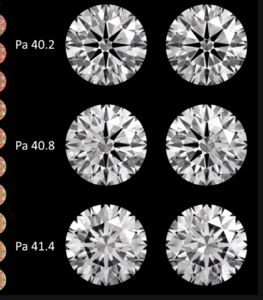
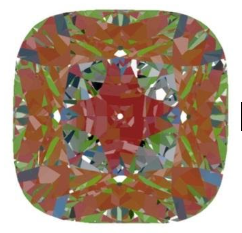
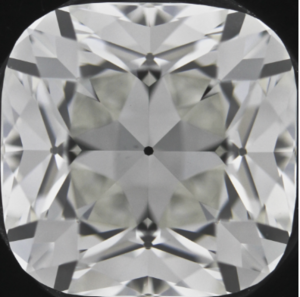


300x240.png)